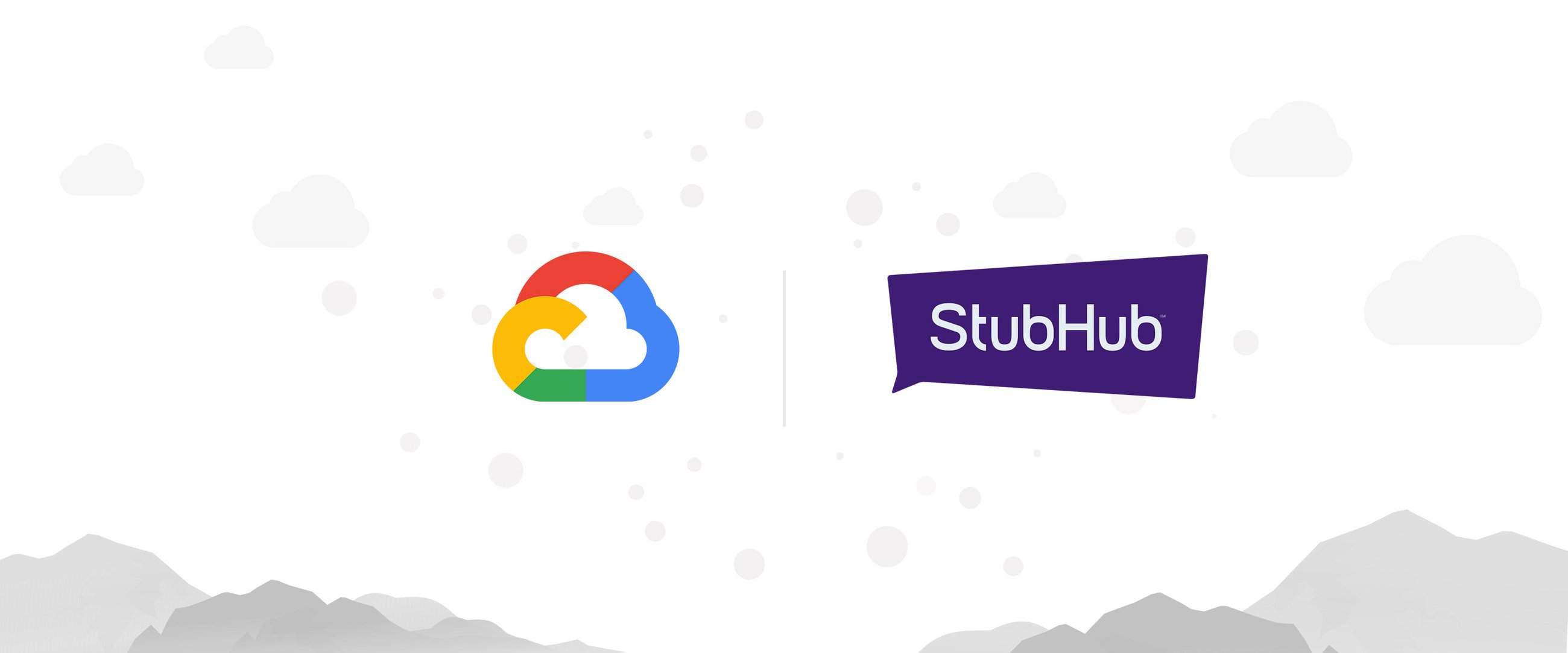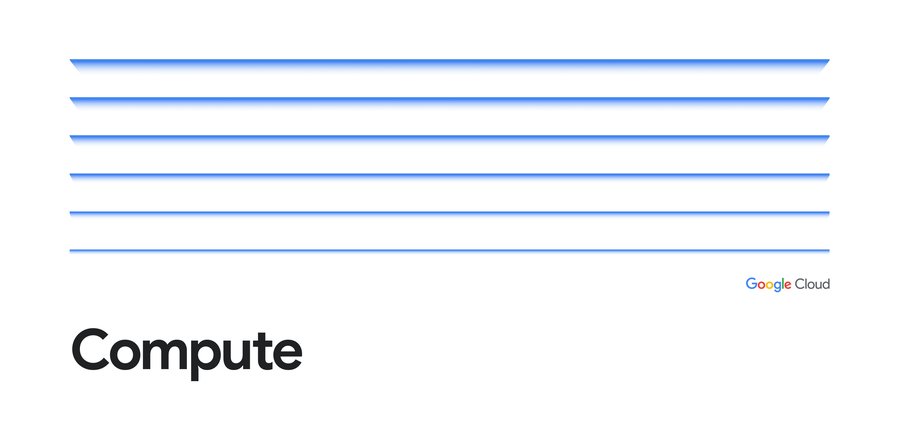Stubhub’s path to retire the data center with Bare Metal Solution

Austin Sheppard
CTO, Stubhub
Editor’s note: Today, we’re speaking with Austin Sheppard, CTO of StubHub, the world’s largest ticket marketplace. We’ll hear how Google Bare Metal Solution is helping StubHub on their journey into the cloud by reducing their dependency on Oracle, lowering overall costs, and driving performance.
At StubHub, we’ve been at the very forefront of ticket marketplace innovation since 2000. We were the first to introduce a ticketing application, interactive seat mapping, 360-degree virtual views of seating, innovative price recommendation technology, and an algorithm for determining the best value of tickets—all features that have become standard.
Ticket marketplaces go beyond standard ticket sales and distribution. They are in the business of helping buyers and sellers connect in a safe, convenient, and reliable environment. And when you serve millions of customers a year, data is not just an enhancement but one of the primary vehicles for unlocking opportunities and providing personalized experiences.
At Stubhub, we have been on a journey to move all of our applications to the cloud and ultimately retire our data center. One of the most challenging migrations for us was going to be our Oracle databases, which power our ecommerce platform. We had been migrating the applications that have a large dependency on Oracle to Google Cloud, but we hadn’t been able to find an easy approach to moving the Oracle databases as well. Having Oracle on-premises and large chunks of the application layer in the cloud was causing latency issues and wasted team resources to synchronize data between the environments. To meet our performance requirements, we needed to have all of the data physically co-located (or close to it) with the application.
Additionally, our Oracle databases are a legacy holdover and are still running on Solaris. This has caused performance challenges and it can be hard to get up-to-date service and maintenance. Our upgrade cycles require a colossal coordination effort and are difficult to do with minimized downtime and customer impact. We wanted to break free of this cycle and wanted a solution that would help to reduce our dependency on legacy technologies such as Oracle, while meeting our performance needs, and ultimately help to retire the data center.
Moving to Google Cloud and the Bare Metal Solution was a great opportunity for us to take a leap into the future.
Bare Metal Solution: The bridge off of Oracle
We ultimately selected Google Cloud’s Bare Metal Solution (BMS) since it allows us to continue using Oracle databases without sacrificing performance. This gives us a fast way to move these workloads as-is to the cloud, which solves the latency issue and accelerates our ability to completely eliminate our on-premises footprint. BMS also seamlessly integrates with the rest of the Google Cloud services that we have already been using.
For my team, it was critical that we were not just able to move to the cloud, but that we could also modernize what we used to run our business. Within the next year, we are looking to fully retire the data center. Once that is complete, we intend to modernize our Oracle databases onto the cloud-native Spanner for its unlimited scale, strong consistency, and high availability.
Google Bare Metal Solution is our bridge to get off the Oracle database entirely. It gives us the flexibility to move the rest of our platform to the cloud so we can now modernize faster. We are planning to modernize these workloads on Cloud Spanner and this gives us the path to do so.
Early results running Oracle on Google Cloud’s Bare Metal Solution
The early results we’ve seen so far as we’ve started migrating have been promising. Our side-by-side performance tests between on-premises Solaris systems and the newly configured BMS servers are already showing a performance improvement. We have also projected that our overall operating costs would decrease due to consolidating environments and eliminating hardware support needs, and we’re already seeing lower licensing costs as well.
We’re seeing some of our costs go down right away because we are able to do more with less. We can now run Oracle on a smaller hardware footprint because of the better, faster, cheaper Intel Cascade Lake processors, resulting in an overall lower licensing cost of Oracle database.
The biggest benefit, though, is the independence BMS gives us as a business by reducing our dependency on legacy vendors like Oracle. We now have control over our own destiny as we move to a cloud-native organization.
Explore Stubhub and learn more about migrating Oracle to Google Cloud.



